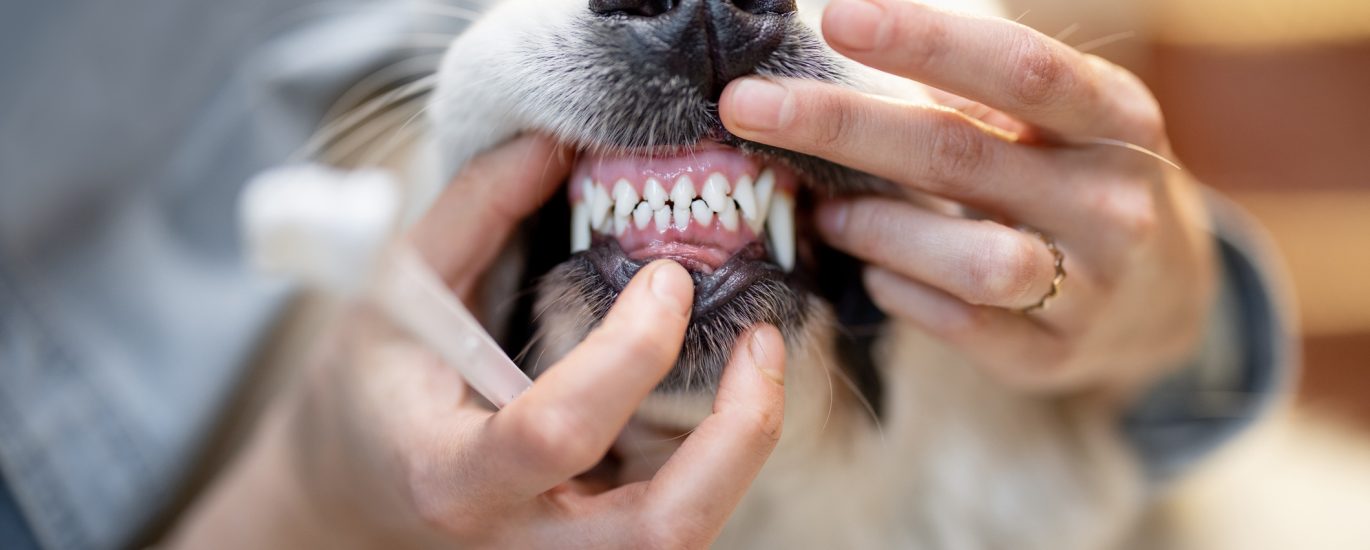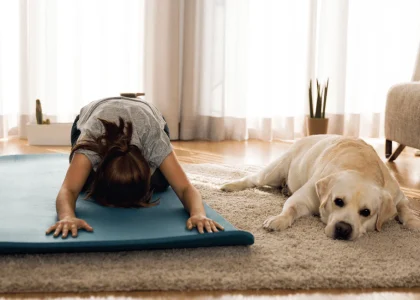When you think about your pet’s health, dental care might not be the first thing that comes to mind—but it should be. Just like humans, dogs and cats can develop dental disease that causes pain, bad breath, and serious health complications if left untreated.
At Osso Vet, we believe that dental care is not optional—it’s essential. And yet, many pet owners underestimate the importance of routine cleanings and oral exams. If your pet’s mouth hasn’t had a proper check-up in the last year, now’s the time.
Here’s what every pet owner should know about dental disease—and why regular cleanings are one of the best things you can do for your furry friend’s health and happiness.
What Is Pet Dental Disease?
Dental disease, also known as periodontal disease, is a progressive condition caused by the buildup of plaque and tartar on your pet’s teeth. Over time, this buildup harbors harmful bacteria that inflame the gums, damage the tissue, and can even lead to tooth loss.
Stages of dental disease:
- Stage 1 – Gingivitis: Mild inflammation of the gums. Reversible with cleaning.
- Stage 2 – Early Periodontitis: Gums start to pull away from teeth. Plaque becomes tartar.
- Stage 3 – Moderate Periodontitis: Infection spreads below the gum line. Pain increases.
- Stage 4 – Advanced Periodontitis: Severe bone loss, tooth mobility, and chronic pain.
The scary part? Many pets already have Stage 2 or 3 dental disease by the age of three—and most owners don’t realize it.
Why Dental Disease Is More Than “Just Bad Breath”
A little doggy breath might seem harmless, but it can be the first sign of a bigger problem. Left untreated, dental disease doesn’t stay in the mouth.
The bacteria in your pet’s mouth can enter the bloodstream and affect internal organs, including the:
- Heart (endocarditis)
- Kidneys (chronic kidney disease)
- Liver (hepatitis or liver inflammation)
Dental disease can also lead to:
- Chronic pain
- Difficulty eating or chewing
- Tooth abscesses
- Behavior changes due to discomfort
In short, dental care isn’t just about fresh breath—it’s about preventing pain and protecting your pet’s overall health.
How to Tell If Your Pet Has Dental Problems
Pets rarely show obvious signs of dental discomfort, which is why regular vet exams are so important. That said, here are some signs to watch for at home:
- Bad breath
- Yellow or brown buildup on teeth
- Red, swollen, or bleeding gums
- Pawing at the mouth
- Dropping food while eating
- Difficulty chewing or sudden food refusal
- Loose or missing teeth
- Changes in mood or behavior
If you notice any of these signs, it’s time for a dental evaluation.
What Happens During a Professional Dental Cleaning?
A professional veterinary dental cleaning is much more than a quick brushing. At Osso Vet, we follow best practices to ensure your pet’s safety and comfort from start to finish.
Here’s what a dental procedure typically involves:
- Pre-anesthetic bloodwork: Ensures your pet is healthy enough for anesthesia.
- General anesthesia: Keeps your pet pain-free, still, and stress-free.
- Oral examination: We examine the entire mouth, including under the gum line.
- Dental x-rays: These reveal problems that can’t be seen on the surface (like root infections, abscesses, or bone loss).
- Scaling and polishing: We remove plaque and tartar above and below the gum line, then polish the teeth to prevent future buildup.
- Extractions (if necessary): Severely damaged or infected teeth may need to be removed to prevent pain and infection.
After the procedure, we provide a full report and recommendations for at-home care and future cleanings.
How Often Should My Pet Get a Dental Cleaning?
This depends on your pet’s age, breed, and oral health history, but as a general rule:
- Annual dental cleanings are recommended for most adult pets.
- Small breed dogs and brachycephalic breeds (like pugs or bulldogs) may need cleanings more frequently.
- Cats, especially as they age, are also prone to painful conditions like feline resorptive lesions, which require close monitoring.
We’ll work with you to determine the right schedule based on your pet’s specific needs.
Can I Brush My Pet’s Teeth at Home?
Yes—and it’s one of the best things you can do between professional cleanings. Here are a few tips:
- Use pet-specific toothpaste (never human toothpaste—it can be toxic).
- Start slow and reward your pet with praise or treats.
- Aim for brushing 2–3 times per week, though daily is ideal.
- Dental chews, water additives, and prescription dental diets can also help, though they’re not substitutes for brushing or professional cleanings.
Final Thoughts
Dental disease is one of the most common—and most preventable—health issues in pets. Regular cleanings, annual oral exams, and at-home care can prevent unnecessary pain, tooth loss, and even serious internal disease.
At Osseo Vet, we take your pet’s dental health seriously. If it’s been more than a year since your pet’s last dental exam, or you’ve noticed signs of discomfort, schedule a consultation today. A healthy mouth means a healthier, happier life for your best friend.











